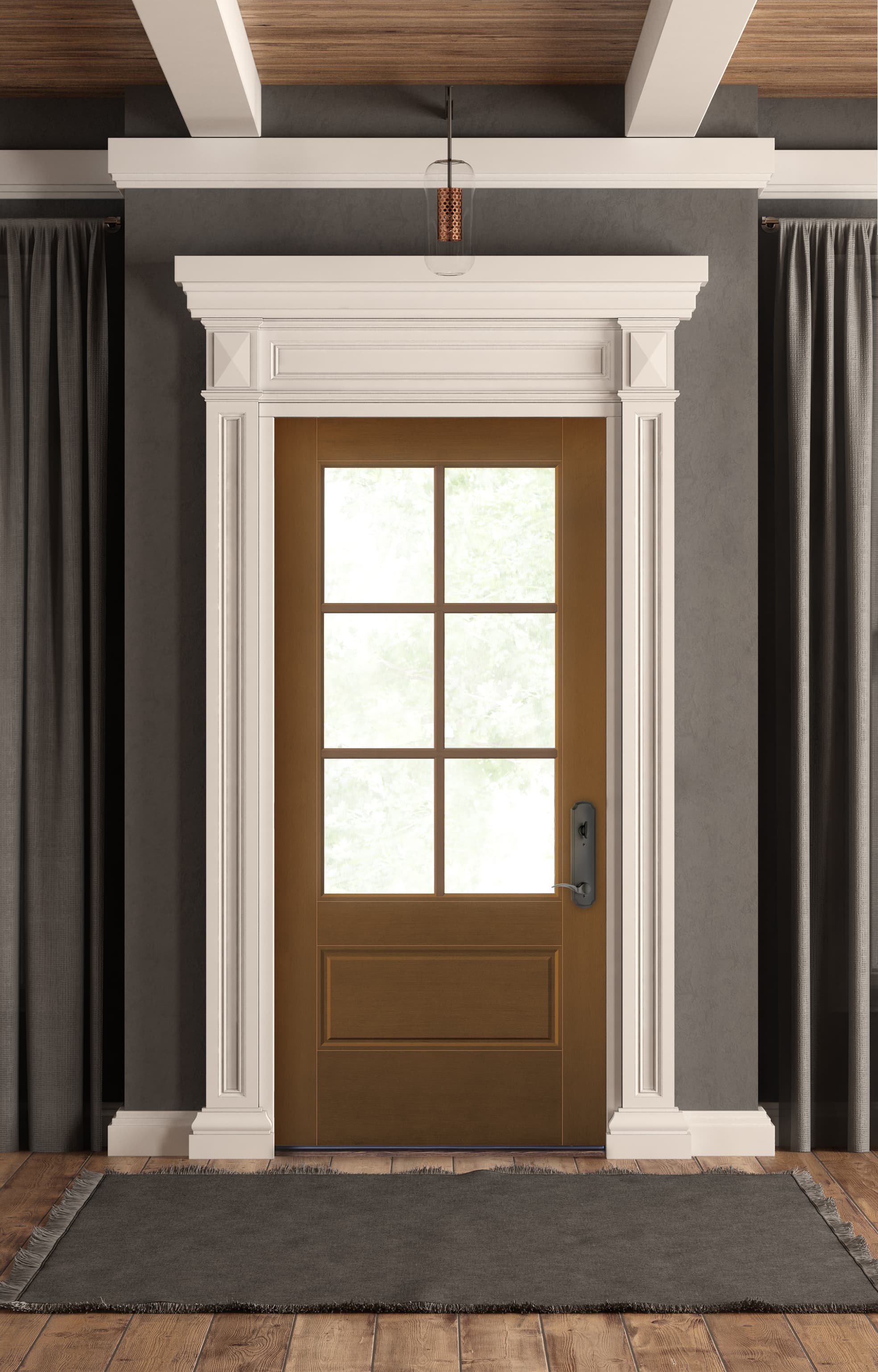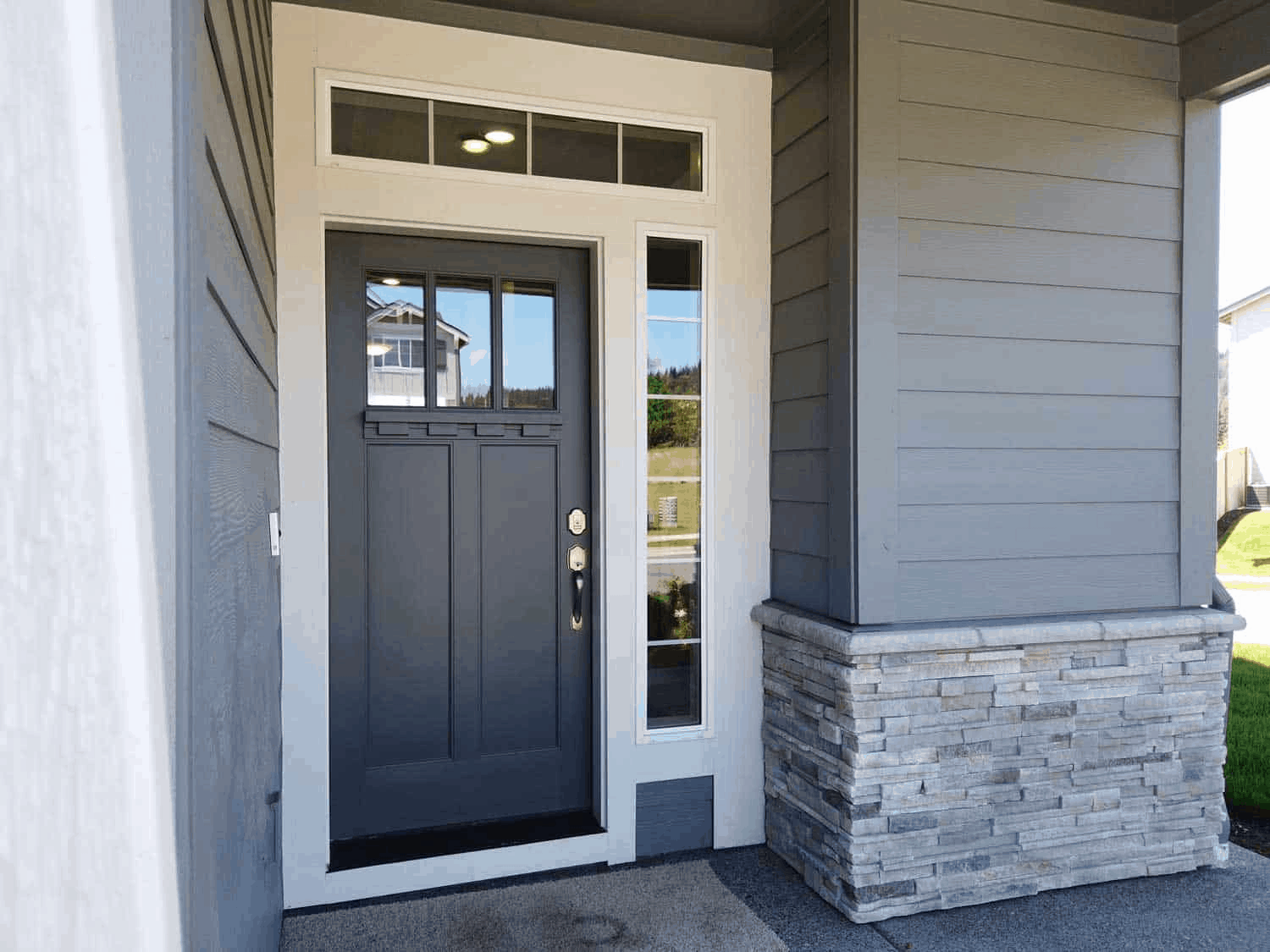Welcome to a journey where your front door becomes more than just an entrance—it becomes a statement piece! With decorative molding, your home can achieve an aesthetic upgrade that speaks volumes. In this comprehensive guide, we will delve deep into the world of front door decorative molding, exploring styles, materials, installation tips, and much more. Join me as we elevate your home’s appeal, one molding at a time!
What is Front Door Decorative Molding?
Front door decorative molding refers to the enhancement elements added around the door frame to improve its visual appeal. This woodworking feature can vary from simple trim to elaborate designs, adding both character and elegance to your home’s exterior.
Styles of Decorative Molding
Decorative molding comes in various styles, each with its unique charm and suitability for different architectural designs. Here are some of the most popular styles:
1. Colonial Molding
Characterized by its clean lines and symmetry, Colonial molding is perfect for traditional homes, conveying a classic and timeless look.
2. Modern Molding
For a contemporary flair, modern molding features minimalistic designs with sleek edges, ideal for modern architectural styles.
3. Victorian Molding
Victorian molding is ornate, often featuring intricate details and patterns, making it a great choice for homes with a vintage aesthetic.

4. Craftsman Molding
Known for its sturdy and handcrafted look, Craftsman molding emphasizes natural beauty and is perfect for bungalows and arts-and-crafts-style homes.
Comparison of Molding Styles
| Style | Characteristics | Best For |
|---|---|---|
| Colonial | Symmetrical, clean lines | Traditional homes |
| Modern | Sleek, minimalistic | Contemporary architecture |
| Victorian | Ornate, intricate | Vintage-styled homes |
| Craftsman | Natural, sturdy | Bungalows, arts-and-crafts styles |

Materials Used in Decorative Molding
The choice of material for your front door decorative molding can significantly affect both aesthetics and durability. Here are some popular materials along with their pros and cons:
1. Wood
Wood offers a classic and elegant appearance. It can be stained or painted to match your home’s color palette.
- Pros: Easy to work with, customizable.
- Cons: Can warp or rot if not properly treated.

2. PVC
PVC molding is a popular modern alternative that resists moisture and rot.
- Pros: Durable, low maintenance.
- Cons: Limited aesthetic appeal compared to wood.
3. Polyurethane
Polyurethane is lightweight, easy to install, and can mimic the look of wood.
- Pros: Resistant to moisture, highly durable.
- Cons: Can be more expensive than other materials.

4. MDF (Medium-Density Fiberboard)
MDF is an affordable option that can be painted and delivers a smooth finish.
- Pros: Cost-effective, smooth surface.
- Cons: Less durable and can absorb moisture.
Material Comparison Table
| Material | Durability | Maintenance | Cost |
|---|---|---|---|
| Wood | Medium | High | $$$ |
| PVC | High | Low | $$ |
| Polyurethane | High | Low | $$$ |
| MDF | Low | Medium | $ |

Benefits of Installing Decorative Molding
Investing in decorative molding can yield several benefits, both aesthetic and functional. Let’s explore these advantages:
1. Enhanced Curb Appeal
A well-designed molding can dramatically improve your door’s appearance, adding character and charm to your home.

2. Increased Property Value
New moldings enhance the overall look of your home, which can be appealing to potential buyers, increasing property value.
3. Customization Options
Decorative moldings offer a variety of styles and finishes, allowing you to customize your entryway to reflect your personality.
4. Protection from Elements
Decorative molding can help protect your door from weather damage and moisture, extending its lifespan.
How to Choose the Right Decorative Molding
Choosing the right decorative molding can feel overwhelming with the variety available. Here are key factors to consider:
1. Architectural Style
Consider the architectural style of your home. Traditional homes might benefit from Colonial or Victorian styles, while modern homes would suit sleek designs.
2. Material Preference
Your choice of material can affect installation and maintenance requirements, so choose one that fits your lifestyle.
3. Budget
Set a budget before shopping. Remember that while some options may be cheaper initially, the long-term maintenance costs can add up.
4. Personal Style
Ultimately, choose a style and material that resonates with your taste and personal style. This will ensure you’re happy with your decision for years to come.
Installation Tips for Decorative Molding
Installing decorative molding around your front door can be a rewarding DIY project. Here are some tips to get you started:
1. Gather Your Tools
You will need a miter saw, measuring tape, level, adhesive, and finishing nails. Having the right tools makes the installation process smoother.
2. Measure Accurately
Accurate measurements are crucial. Measure the height and width of the door frame and cut the molding pieces accordingly.
3. Use a Miter Saw
A miter saw allows for precise angle cuts, which is essential for corners. Take your time to ensure clean cuts for a professional look.
4. Secure the Molding
Use adhesive and finishing nails to attach the molding to the door frame. Ensure it is level and follow up with caulk for a seamless appearance.
Conclusion
Decorative molding is an excellent way to enhance your front door’s appeal and add value to your home. By choosing the right style, material, and installation method, you can create a stunning entrance that reflects your personality and complements your home’s architecture. With the right guidance and a bit of creativity, you can transform your front entryway into a welcoming and stylish focal point.
FAQs about Front Door Decorative Molding
1. What is the best material for decorative molding?
The best material depends on your preferences. Wood is classic, while PVC and polyurethane offer durability and low maintenance.
2. How do I maintain decorative molding?
Regular cleaning and periodic checks for wear and tear are essential. Wooden moldings may require repainting or refinishing over time.
3. Can I install decorative molding myself?
Yes! With the right tools and a little patience, many homeowners successfully install decorative molding as a DIY project.
4. How does decorative molding increase home value?
Attractive moldings enhance curb appeal, making your home more appealing to potential buyers, which can translate to a higher sale price.